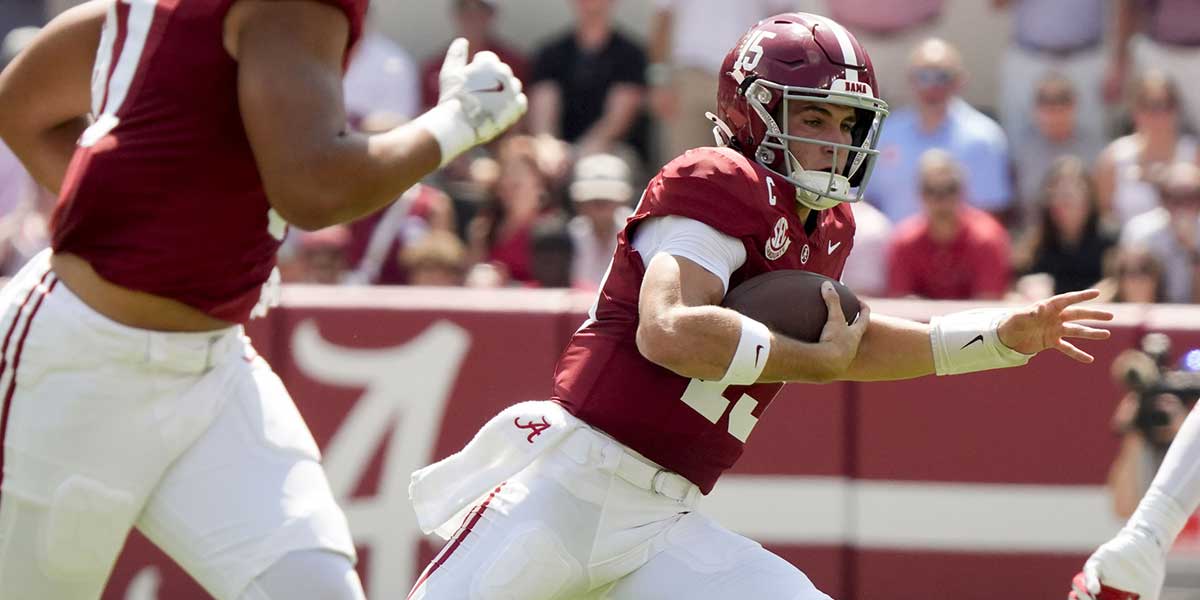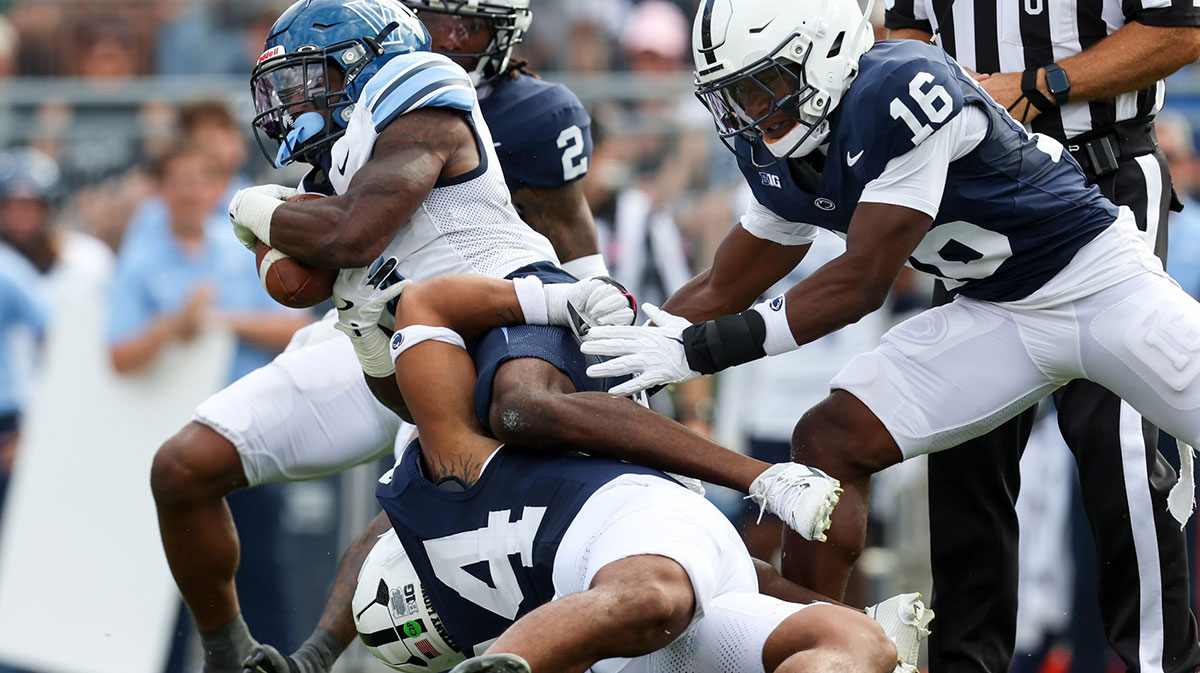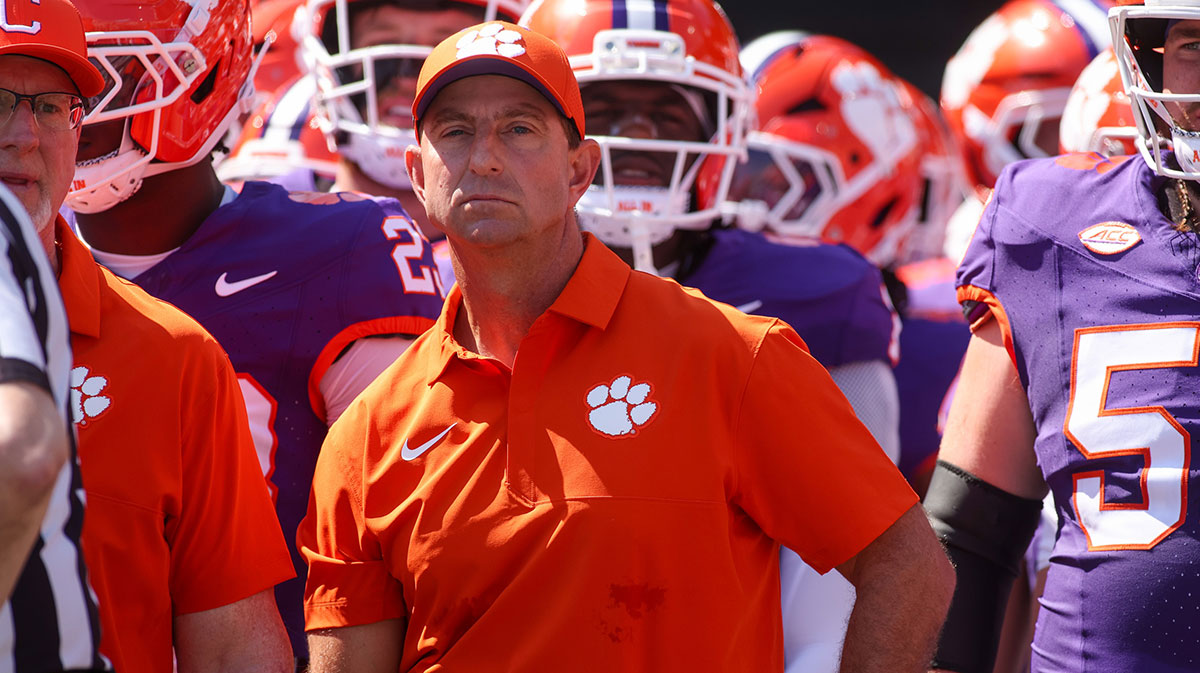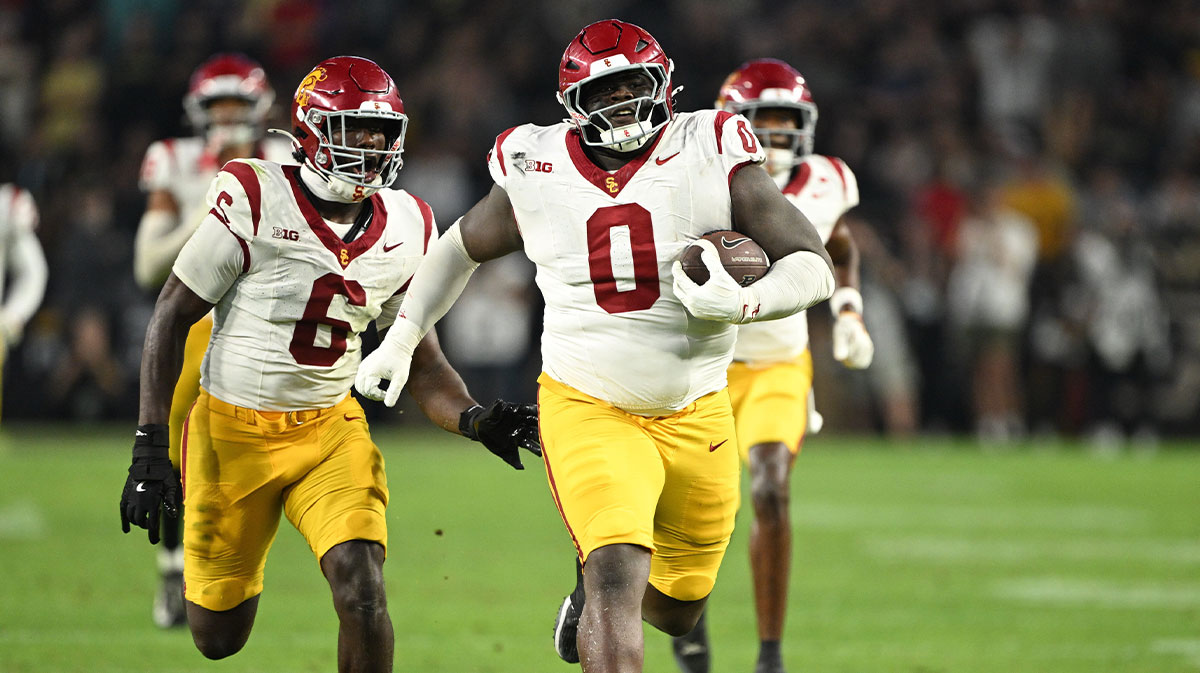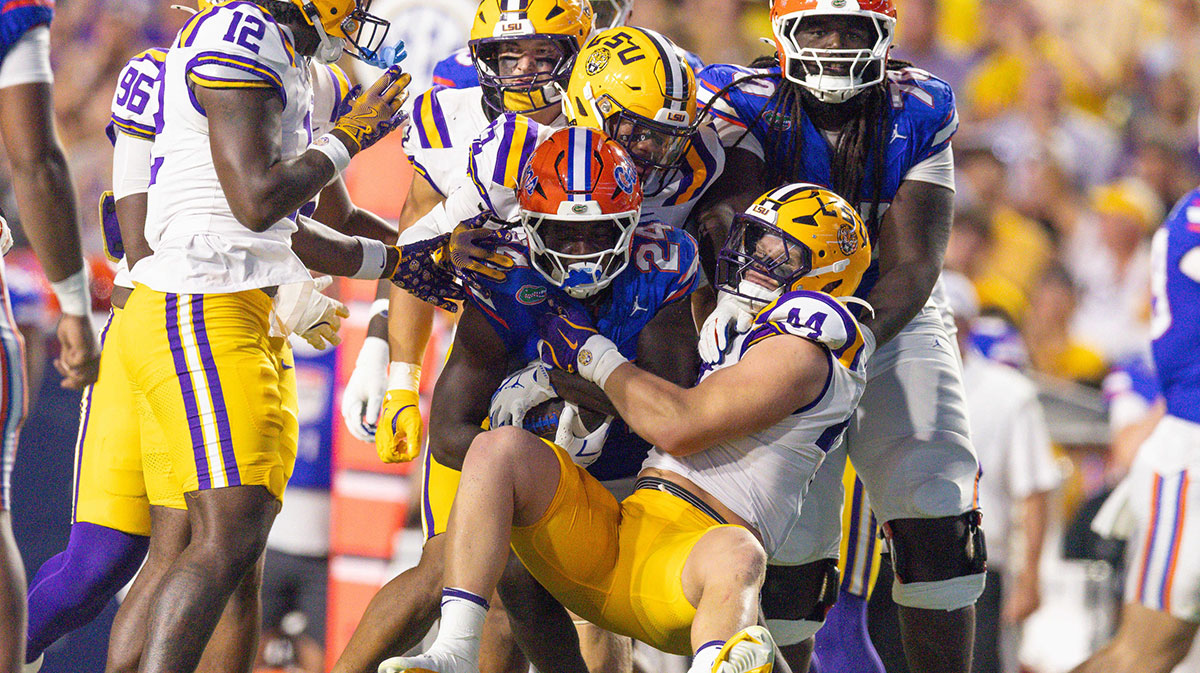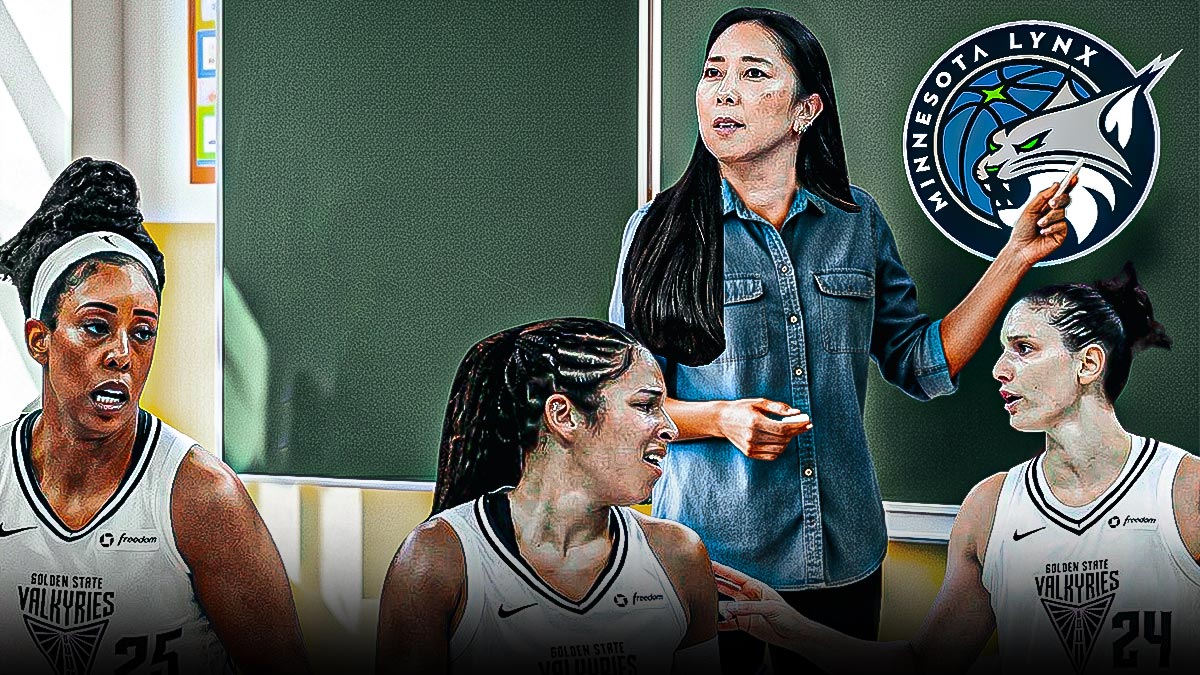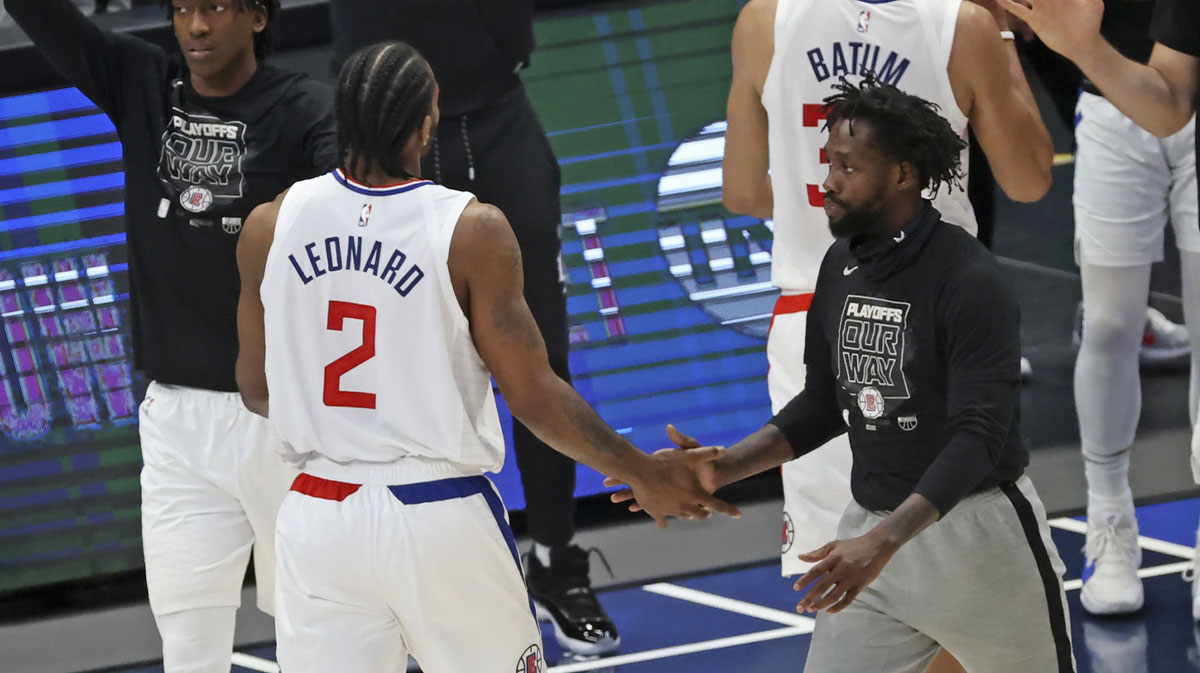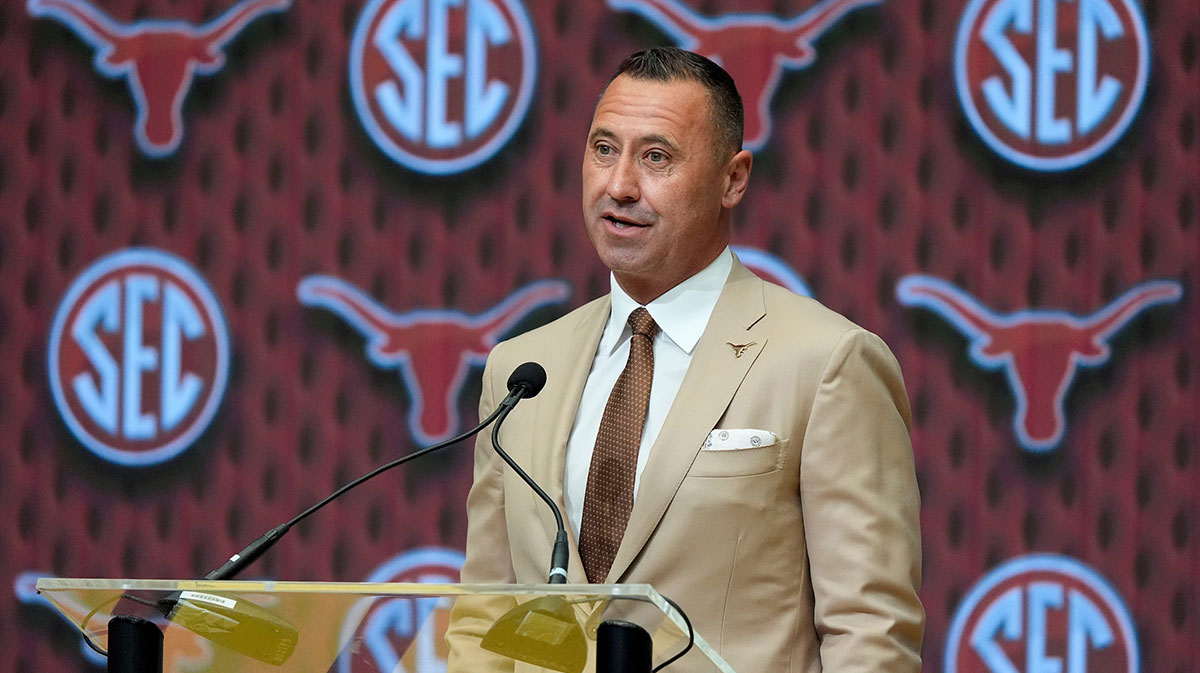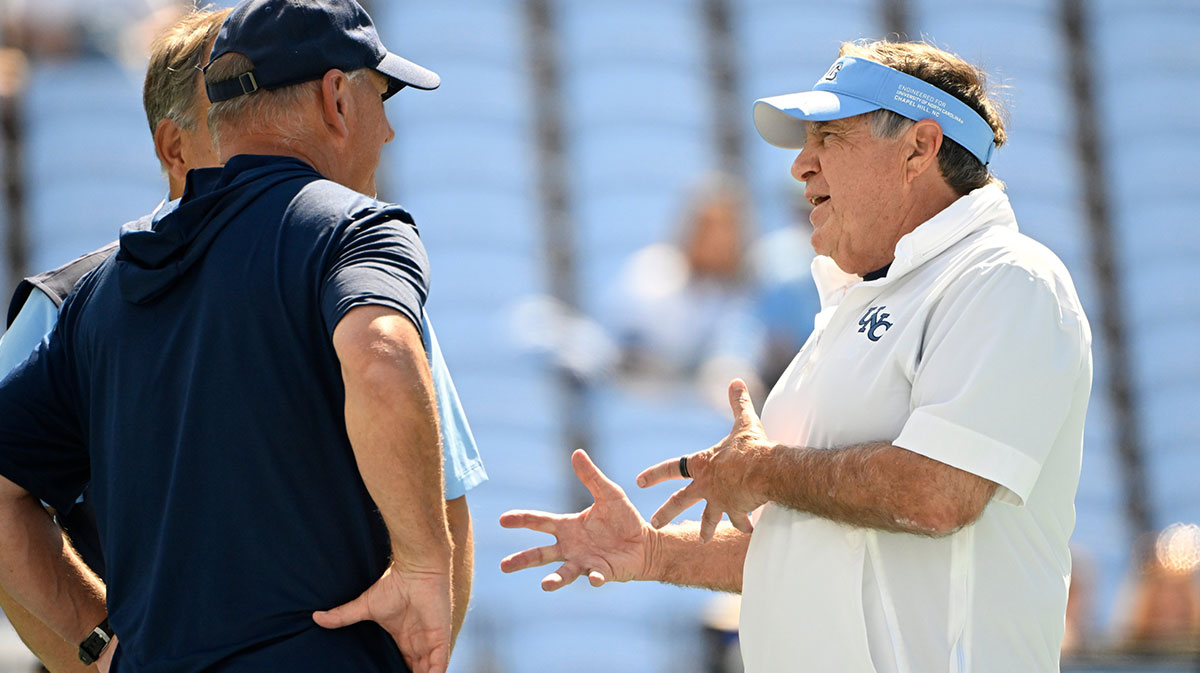As the 2025 WNBA season barrels toward its dramatic conclusion, the Las Vegas Aces once again find themselves under the glaring spotlight of expectation. With a championship pedigree and a roster led by perennial MVP contender A’ja Wilson, the Aces are widely considered among the league's elite — but even dynasties are vulnerable.
As talented and experienced as Las Vegas is, the path to a championship is rarely linear and definitely not guaranteed. There are several realistic scenarios where the Aces could fall short, or worse, completely unravel during the postseason. Let's explore the worst-case outcomes for the Aces in the 2025 WNBA Playoffs by looking at various scenarios in which things could go awry, ranging from player injuries and bench underperformance to poor matchups, psychological strain, and strategic breakdowns.
The stage is set.
2025 Aces Playoffs presented by @Ally pic.twitter.com/nqbbk3mfwO
— Las Vegas Aces (@LVAces) September 13, 2025
1. Lack of bench depth and role player inconsistency
One of the most glaring potential pitfalls for the Aces is their lack of reliable bench depth. With the departure of key contributors, the team’s second unit has been noticeably thinner compared to previous seasons. Statistically, the Aces’ bench ranks near the bottom of the league in scoring and efficiency. This becomes increasingly problematic in the playoffs, where starters log heavy minutes and games become more physical and tightly contested.
If one or more starters, like Wilson or Jackie Young, have an off night, the lack of consistent bench scoring could sink the Aces in a tightly contested series. In high-stakes moments, especially late in games or during back-to-back matchups, opposing teams could capitalize by exploiting tired legs on defense or forcing the Aces to rely on cold-shooting bench players in critical possessions.
Worse still, this bench weakness is magnified if injuries occur. A depleted rotation forces overreliance on the core starting five, increasing fatigue and risk of injury. In a worst-case scenario, this could become a domino effect that erodes the team’s stability and offensive firepower by the second round.
2. Offensive Stagnation and Slumping Stars
The Aces are at their best when their offense flows through Wilson, with complementary shooters and slashers like Chelsea Gray and Jewell Loyd operating in rhythm. But the 2025 regular season has revealed signs of inconsistency, particularly from Loyd, who has yet to fully acclimate to the system following her high-profile acquisition in the offseason.
Loyd’s efficiency has wavered, and in a worst-case playoff scenario, she could continue to struggle from the field, putting added pressure on Wilson to carry the load. If Wilson is doubled in the post and the perimeter options fail to convert open looks, Las Vegas’s offense could become stagnant and predictable. That, in turn, allows defensive-minded opponents like the New York Liberty or Minnesota Lynx to tighten the screws, forcing turnovers and feeding their transition game.
Offensive droughts in playoff games often swing series. Even one or two cold quarters can be the difference between advancing or going home. If the Aces find themselves repeatedly falling into offensive lulls due to poor shooting, sluggish ball movement, or overreliance on isolation plays, they could lose winnable games — especially against teams that can go nine or ten deep.
3. Defensive Vulnerabilities in the Paint
Although A’ja Wilson is one of the league's premier defenders, the Aces have exhibited defensive soft spots, particularly in the paint. Opponents have had surprising success converting high-percentage shots inside, indicating weaknesses in help defense and rim protection when Wilson is pulled out of the lane or rotated onto the perimeter.
Teams with dominant post players or mobile forwards could exploit this vulnerability. For example, if Las Vegas faces a team like Minnesota with a versatile big who can shoot from midrange and drive to the rim, the Aces may struggle to contain paint penetration while also contesting perimeter shots. Rebounding becomes another area of concern if the backline defense is undersized or out of position.
In a worst-case playoff scenario, a team consistently attacking the rim could put Wilson or other key defenders into early foul trouble. Without a reliable defensive anchor, the floodgates may open, and the opponent’s offense could snowball. When combined with the aforementioned offensive stagnation, a defensive breakdown spells a recipe for early elimination.
4. The Breaking Point with injuries
Fatigue is inevitable in the playoffs, but for the Aces, it could be fatal. Due to limited bench productivity, the starting five have been logging extended minutes throughout the season. This not only increases the physical toll on the players but also raises the likelihood of injuries at the most inopportune time.
Consider a scenario in which Wilson sprains an ankle or Gray tweaks a hamstring during the first-round series. Even a minor injury can disrupt team chemistry, force rotational adjustments, and limit flexibility in key moments. Opposing teams would immediately adjust their game plan to exploit the weakened lineup, potentially turning a tightly contested series into a lopsided one.
Moreover, fatigue manifests not just physically but mentally. Sloppy turnovers, defensive lapses, and poor shot selection are all more likely when players are worn down. If the Aces are forced into multiple five-game series with minimal rest, they could enter the Finals already running on fumes. Against a fresh and motivated opponent, that could be disastrous.
5. Psychological Pressure and Momentum Swings
Winning one championship is hard, but repeating is even harder. Aiming for a three-peat comes with monumental pressure. The Aces are not just playing basketball — they're playing against history, expectations, and the weight of their own legacy. In such an environment, even small setbacks can snowball into significant crises.
Imagine the Aces drop Game 1 at home in the semifinals. Suddenly, all eyes are on them. The media narrative shifts. Are they slipping? Have they lost their edge? This kind of external pressure can rattle even the most seasoned teams. If momentum swings the wrong way and doubts creep in, the team may start to press, forcing shots and deviating from their game plan.
Playoff basketball is about poise. If the Aces lose confidence, whether due to an injury, a surprising loss, or a hot opponent, they could unravel mentally. Frustration may boil over in huddles. Stars may take on too much responsibility, neglecting the flow of the offense. Coaching decisions may become reactive rather than strategic. In a worst-case scenario, this psychological unraveling could be just as damaging as any on-court shortcoming.
6. Strategic Breakdowns and Coaching Mismatches
Head coach Becky Hammon has been lauded for her leadership and offensive acumen, but the playoffs are often about adjustments, both between games and within them. If the Aces are out-coached in a series, particularly by tacticians like Sandy Brondello or Cheryl Reeve, they could be left playing catch-up in every game.
If an opponent identifies a way to neutralize Wilson in the post or force Loyd into inefficient isolation sets, and Hammon fails to adjust in time, the Aces could lose the tactical battle. Over a five-game series, such disadvantages are hard to overcome. Being out-schemed in late-game situations could also cost the Aces valuable possessions, and ultimately, the series itself.
In a worst-case scenario, repeated strategic misfires might call into question the team’s flexibility and resilience. Opponents may anticipate their rotations and sets, daring role players to beat them while walling off the paint. If Las Vegas can’t adapt, even its best talents may be neutralized.
7. Nightmare Matchups and Bad Seeding
Much of playoff success is about matchups, and the 2025 WNBA landscape is full of teams that present serious challenges to the Aces. Should they fall to a No. 3 or No. 4 seed due to late-season losses, they could face a gauntlet of unfavorable opponents — first in the opening round, then potentially against the Liberty or Lynx in the semifinals.
A worst-case bracket could pit the Aces against a first-round opponent like the Dallas Wings, who boast athleticism and scoring versatility. Surviving that, they might face a red-hot Phoenix Mercury team that thrives on spacing and tempo, which is the kind of game that wears down a thin rotation. By the time they reach the Finals, they might be so bruised and battered that a team like New York, with multiple All-Stars and home-court advantage, finishes them off quickly.
For all their strengths, including the star power of Wilson, the coaching expertise of Hammon, and the championship experience, the Aces are far from invincible in 2025. A constellation of risks looms over their playoff campaign. From injuries and offensive stagnation to defensive lapses, psychological pressure, and strategic shortcomings, the margin for error is slim. Should these issues converge at the wrong time, the Aces could face anything from an early-round exit to a humbling loss in the WNBA Finals.
Championship windows don’t stay open forever. For the Aces, 2025 might be remembered as either the crowning moment of a dynasty or the season when potential slipped through their fingers. The worst-case scenarios, while sobering, serve as a roadmap for what must be addressed now, before the playoffs begin. Because once the postseason arrives, there are no more second chances.


